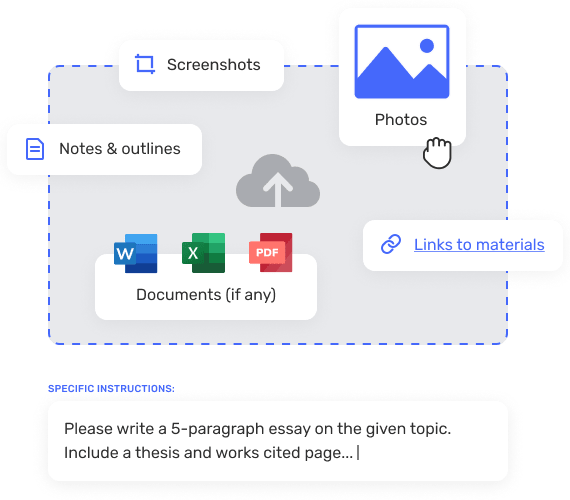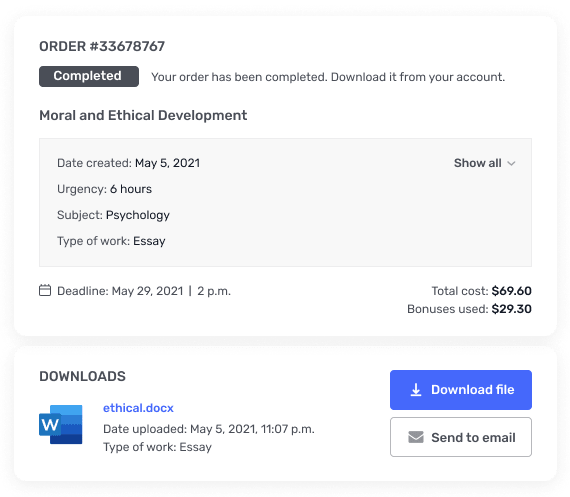Constructed-Response Directions And Recommendations
Constructed-Response Directions And RecommendationsPrepare a written response of approximately 100–200 words for eachconstructed-response assignment. Read each assignment carefully before youbegin to write. Think about how you will organize what you plan to write.Scoring of responses to CSET: Constructed-response assignments is based onthe following criteria.• Purpose: the extent to which the response addresses the constructed-responseassignment’s charge in relation to relevant CSET content specifications• Subject Matter Knowledge: the application of accurate subject matterknowledge as described in the relevant CSET content specifications• Support: the appropriateness and quality of the supporting evidence in relationto relevant CSET content specificationsThe assignments are intended to assess subject matter knowledge, not writingability. Your responses, however, must be communicated clearly enough topermit a valid judgment of your knowledge and skills. Your responses should bewritten for an audience of educators in the field. You may wish to ask a mentor,advisor, or teacher to help evaluate your responses to the constructed-responseassignments. ITEM #1 (100 – 200 words)The use of various forms of ability-grouping has been criticized for many years,yet the use of ability-grouping persists. What are the various types of abilitygrouping. What are their perceived benefits? What can teachers do to use abilitygrouping most effectively? Why do many educational psychologists criticize theuse of ability-grouping? What alternatives are there to ability-grouping?ITEM #2 (100 – 200 words)Using your knowledge of human development:• Identify one change that typically occurs in children’s thinking between the agesof 6 and 12• Discuss the significance of that change for children’s everyday lives andfunctioning.ITEM #3 (100 – 200 words)A fifth-grade student attempts to spell a list of words that are read aloud. Shownbelow are the words and the student’s spellings.Target WordStudent’s SpellingyellowyelloenaturalnacheralmuffinmuffindoctordockterspecialspechulsignsinequickquickWrite a response in which you describe the student’s spelling development. Makesure to cite specific examples to support your conclusions.Case StudyMr. Jenner is a second-year teacher in a middle school with high test scores andhigh academic standards. In his English/History core class there are 25heterogeneously mixed 12- and 13-year-olds. He is beginning the fourth week ofinstruction. Following is a sample long-term project from his current curriculum.Project Plan, World Cultures Panel PresentationsObjectives: Students will…•Review and use concepts about world cultures•Demonstrate speaking and listening skills•Use creativity (art, literature, music, multimedia, objects)•Use higher-order thinking skillsAssignment:1. You will work in assigned groups of five2. Each group will select one culture from a list3. The group will plan, gather information, and present a panel report to the class on theculture4. Use the characteristics of a culture studied last week to organize your presentation5. Include some use of art, literature, music, multimedia, or other cultural objects6. All students must participate in group planning and presentationActivities:1. Presentation/discussion of assignment; video of effective panel from another class;assign groups2. Group work: select culture; plan presentation; assign responsibilities3. Group work: prepare presentations4. Panel presentations5. Writing assignment: comparison/contrast of culturesAssessment:1. Group work: individual and group grade2. Panel presentation: individual and group grade3. Writing assignmentITEM #4 (100 – 200 words)Mr. Jenner’s Project Plan (Document 1) demonstrates several aspects ofeffective planning.•Identify TWO strengths in Mr. Jenner’s Project Plan.•Explain how each strength demonstrates aspects of effective planning. Base yourresponse on principles of planning instruction.ITEM #5 (100 – 200 words)A high school student has been assigned reflective essay that explores thesignificance of a personal experience through sensory language, narrativetechniques, and comparisons between the specific experience and broaderthemes. The student’s preliminary draft appears below.1As a kid, I spent a lot of time sitting in the backseat of my family’s minivan,2watching the scenery pass my window in a blur. It seems like we were always on our3way somewhere. Like to soccer practice or baseball practice or karate lessons or the4supermarket. When we were on our way to my grandparents’ house, we would be all5dressed up and looking forward to having a slice of Gram’s special chocolate cake. Mygrandmother is the best baker and the best card player and the best storyteller I know.67She taught me to shuffle cards. When she served us cake, she’d always tell us about thetime when our mom and our aunt were kids and they baked a cake but it turned out8wrong. They didn’t want their mother to find out, so they buried the cake in thebackyard.9If we were on our way somewhere early in the morning, we’d stop at the10doughnut shop for honey-glazed crullers. If my mom was in a certain kind of mood,she’d detour through our town’s historic district and point out the architectural wonders11she thought we should learn to appreciate. When I look back on these drives, I realizethat life is a journey and, if you’re not looking carefully as you travel along on that12journey, you might miss a sight that is special or strange or beautiful. As I sat in the13backseat of our minivan, the world presented me with all kinds of different lessons. All14I had to do was keep my eyes wide open. Now that I can drive myself places, I don’tpay attention to the scenery like I used to.Using your knowledge of effective writing techniques, write a response in which you:•Describe one type of revision the student could make to improve the draft•Explain why this type of revision would enhance the effectiveness of the essayITEM #6 (500 – 600 words)Children develop ideas as they grow up about what jobs or careers they wouldlike to have as adults. Sometimes they change their minds and sometimes theydo not. In an essay to be read by an audience of educated adults, identify a jobor career you once wanted to have, and explain why you do or do not have thesame view of the job or career now.




